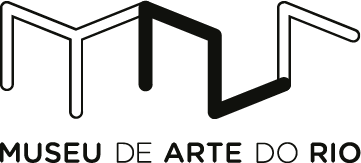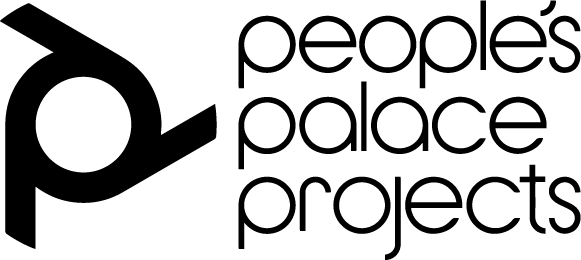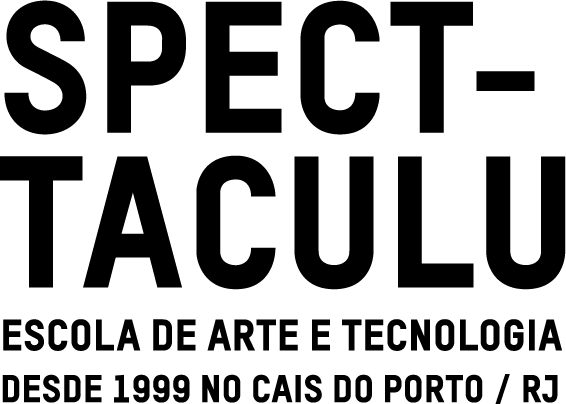Travessias
The tunnels in the city centre provide mobility for the automobile, but not for the pedestrian or the cyclist. The lack of respect materializes in the inhospitable conditions for mobility, as well as in the extremely high air and sound pollution levels, the bad lighting and the subsequent insecurity. The João Ricardo tunnel – the first urban tunnel in Rio de Janeiro – has terrible crossings for pedestrians and cyclists; and the Martins de Sá tunnel, which goes through the Santa Teresa neighbourhood, is better suited for the pedestrian but not for the cyclist. Our aim is to bring awareness to pedestrians, cyclists and drivers through artistic languages, creating links between people and bringing new meaning to these places.
In the João Ricardo Tunnel, the theme is “solidarity and memory”. Actors will be stationed at the tunnel’s extremities, encouraging cooperation and safety among pedestrians, distributing helmets with torches and inviting them to walk together. Historical photos depicting de tunnel’s construction and the social background of the Morro da Providência will be displayed along the way. In the Martins de Sá, the theme is “wishes and senses”. Considering that the Santa Teresa neighbourhood has strong connection with the arts, the crossing will be sensorial and interactive, inspired by the work of Hélio Oiticica. The tunnel wall will be covered with a canvas where pedestrians can write/draw their hopes for the surrounding neighbourhoods. In parallel, we will set up a didactic system with an exhaust fan and a filter in order to illustrate and analyse the atmospheric conditions. These playful and low-cost initiatives can be replicated in order to alert the population and the authorities to the need to build crossings that respect the pedestrian and the cyclist. In the long run, we suggest that the passages be properly lighted and soundproofed. In the João Ricardo Tunnel, we suggest the creation of passages for the exclusive use of pedestrians and cyclists. In the Martins de Sá, we suggest the creation of a reversible bike lane during off-peak times.
Daniela Piveta holds a Bachelor’s degree in Performing Arts (UNIRIO, 2002), Art Education with a major in Performing Arts (UNIRIO, 2004), as well as a Specialization in Art Therapy in Health and Education (UNIRIO, 2006) and a Post-Graduate in Jungian Theory and Practice (UVA, 2008). She has been performing for over 10 years in conventional and in public spaces, researching the language of the clown.
Raquel Bento holds a Bachelors in Electrical Engineering (PUC Rio, 2005) and a Masters in Environmental Engineering (UERJ, 2001). She has been working as an environmental engineer in the public sphere for over 10 years, at both state and municipal levels. She has environmental management experience in the field of solid urban waste. She develops procedures and guidelines for municipalities’ environmental licensing.
Violeta Vilas Boas, with a degree in Architecture and Urbanism (UFF, 2008) and a Masters in Urbanism (UFRJ, 2013), she is a doctoral researcher in Urbanism at the Università IUAV Venezia. For 10 years, she has been researching artistic initiatives in public spaces and social engagement in cities. A scenographer and a designer, she works mostly on projects aimed at performances, theatre and street circus










